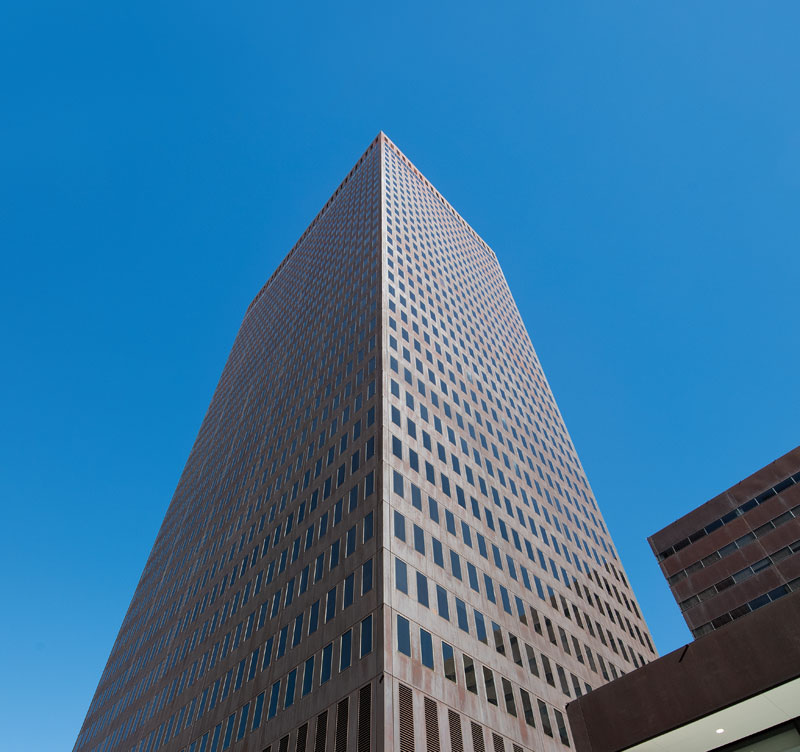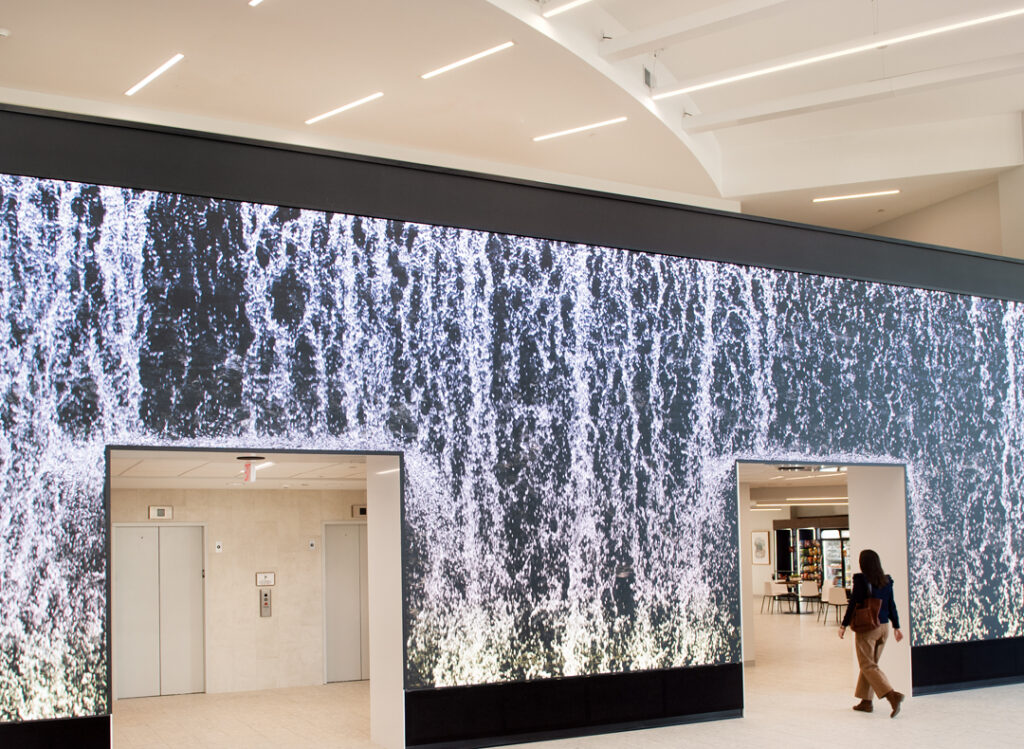The Elbert Files: Des Moines’ claim to fame

Twenty-five years ago, local leaders came up with the ambitious idea that Des Moines could be the “new American city of the 21st century.”
The Sept. 27, 1990, announcement that launched the Des Moines Vision Plan said: “It is hoped that Des Moines will become a model for city planning in the 21st century, much as Chicago became the model during the 20th century through the 1909 Burnham Plan.”
At this point, it helps to know that Daniel Burnham was the chief architect of the 1893 Chicago World’s Fair and author of a 1909 plan for Chicago that is considered the birth of modern urban planning.
Much of the what happened in Des Moines during the first half of the 20th century can be traced to the Burnham Plan and that era’s nationwide “city beautiful” movement. Examples include the cluster of public buildings along our downtown riverfront, the Des Moines parks system, the placement of school buildings and the design of the city’s transportation grid.
The goal of the 1990s Vision Plan was to equal and exceed those earlier efforts with a unique public-private partnership of city, civic and business leaders. Mayor John “Pat” Dorrian chaired the effort with three co-chairs: cable TV entrepreneur Jim Cownie, utility executive Mark Putney and civic philanthropist Melva Bucksbaum.
The 90-member steering committee was a who’s who of Des Moines, with everyone from the telephone company’s Jim Aipperspach to real estate developer Bill Knapp and lumberyard owner Sumner Worth participating.
A series of community planning forums were held in late 1990 and early 1991, led by retired city planner Bob Mickle and New York architect Mario Gandelsonas.
An academic study of Des Moines that Gandelsonas undertook in 1988 served as a road map for what was to come. The study had peeled back the fabric of more than a century of growth to explain when and why certain developments had occurred.
The planners got buy-ins from local architects, who led the idea sharing at a series of brainstorming sessions.
I covered those early meetings and wrote in the Oct. 8, 1990, Des Moines Register: “When the process is completed by early 1992, Gandelsonas and local leaders hope to emerge with a plan that intertwines history with the principles of modern design in a flexible package capable of catapulting the city into the national limelight.”
At the time, Mickle and Gandelsonas refused to put the Vision Plan in writing, contending that formal plans are too often placed on a shelf and ignored as soon as they are completed. They wanted their ideas to be seen as fungible concepts, capable of growth and evolution as changing times and circumstances dictated.
In the end, the Vision Plan came up with several grand concepts, most of which have been largely realized 25 years later, although the implementation was anything but smooth.
They include the Principal Riverwalk, the John and Mary Pappajohn Sculpture Park, the beautification of Fleur Drive, the rebirths of downtown housing and the East Village, the completion of a downtown loop bypass and the revitalization of the Court Avenue market district.
When Mickle and Gandelsonas first said they were going to create a model for the American city in the 21st century, they got a lot of sideways looks.
But 25 years later, few skeptics remain.
Today, Des Moines appears regularly on a wide array of “top cities” lists, and earlier this fall, Bloomberg News reported that Des Moines has the highest percentage of millennial age (25-34) home buyers of any city in the nation.
We’re clearly doing something right.
To help explain what happened, Gandelsonas recently asked me to collaborate with him on a book about the history and significance of the Des Moines Vision Plan. As we move forward, we’ll periodically share insights with you.











